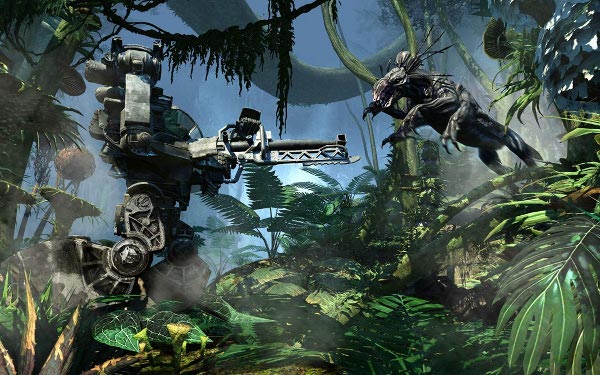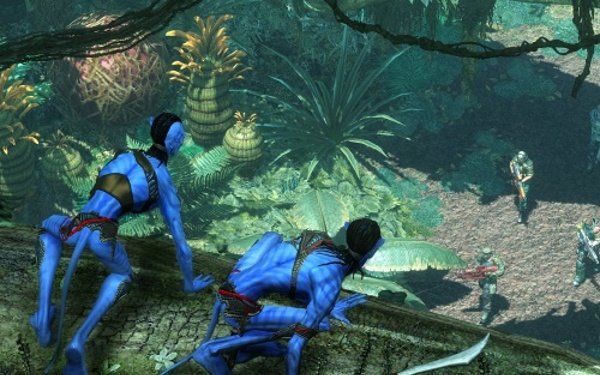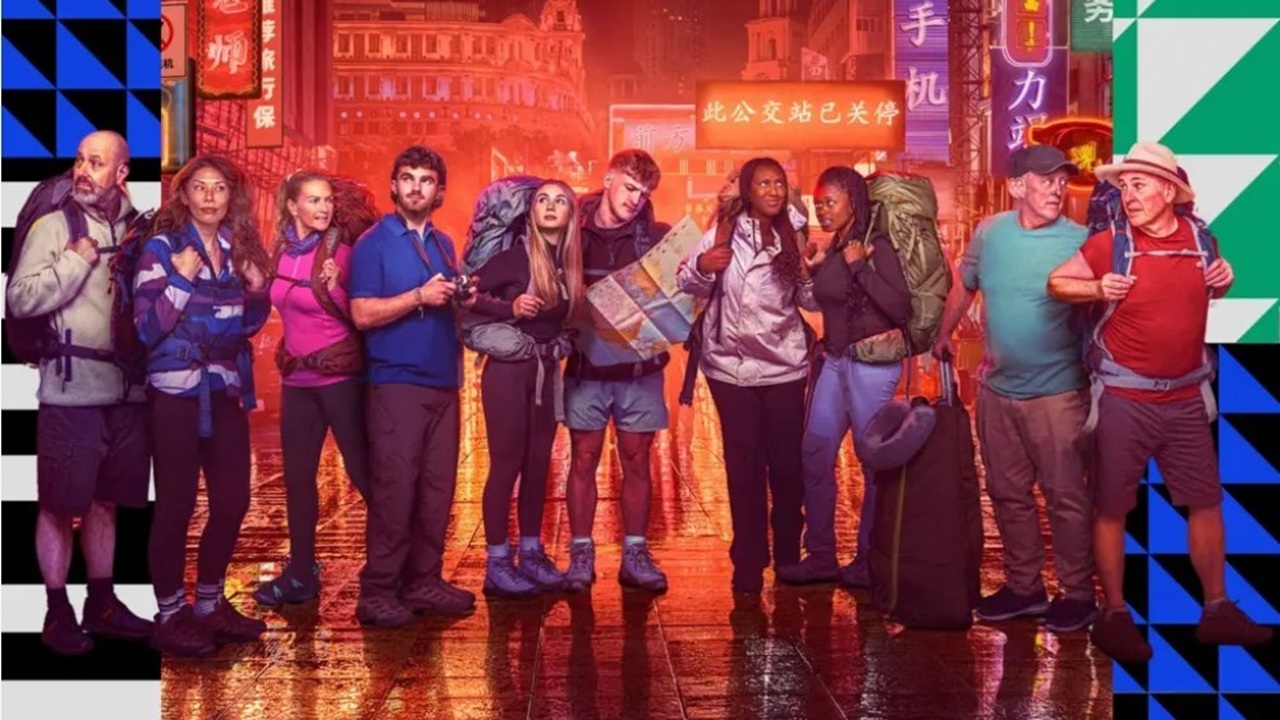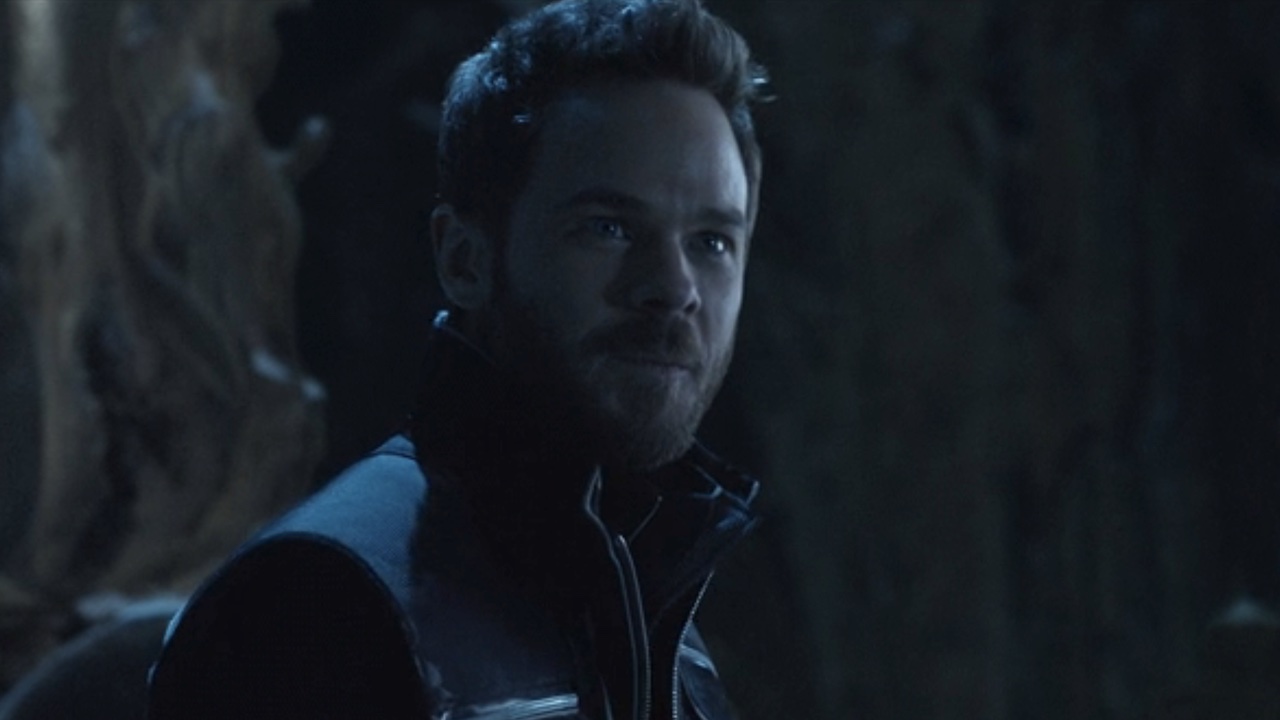
I always root for video game adaptations of new films. Everyone expects so little out of them, even when the source material is something as highly anticipated as James Cameron's Avatar. Expectations are low for a reason, though; only a small handful of adaptations have managed to be any good. No matter how well Avatar the film does, the third-person shooter based on it won't be joining that elite group.
In Avatar: The Game, players control a human soldier named Ryder who has just landed on the jungle planet of Pandora. He's part of a Resources Development Administration task force attempting to wrest control of the planet away from the indigenous Na'vi race so that mankind can plunder its natural resources. That's the extent to which I can summarize the plot because, well, that's all the game really tells you.
Perhaps to prevent the game from rehashing exposition from the film, Ubisoft has decided not to explain much of the plot. For example, the RDA grows Na'vi bodies in vats and has troops like Ryder psychically control them - what's the purpose of these "Avatars"? How does that even work? To find out, you'll need to consult the "Pandoraopedia" in the options menu. It's a series of text files explaining the backstory of the Avatar universe. The file explaining the science/point of the Avatars is about 1000 words long. It takes some balls to require players to sit through and read supplemental material just so they have some idea of what the hell is going on. Integrating some of this information into the actual campaign probably would've been the smarter play.
Anyway, Ryder begins to sympathize with Pandora's native population after spending some time in his Na'vi body. About an hour into the game, he learns that one of his comrades is assisting the Nav'i in their guerrilla war against the invaders. At this point, he's asked to make a Serious Decision: kill the traitor or join him and the Na'vi resistance.
Avatar: The Game's story is completely separate from the film's but Sam Worthington's character in the theatrical version makes a similar choice between the RDA and Na'vi. From what I've heard of the film, though, he actually gets to know the Na'vi before he's asked to choose sides. Ryder's decision, meanwhile, is almost meaningless: he's being asked to side with the humans or a traitor who he's only met once (and who was frankly kind of a dick). You don't know a thing about the Na'vi other than the fact that they're fighting the humans. Furthermore, I don't think they mentioned why the humans want Pandora until later in the game. The choice isn't conflicting because you sympathize with both; it's conflicting because you have no reason to sympathize with either. This scene takes place way too early into the game to have any sort of emotional pull.

The choice has deep gameplay implications, though. After this scene, you'll spend the rest of the game as your Na'vi Avatar or as a human grunt. Each option results in a different six-hour campaign. In one of the rare bits of savvy design, the game actually creates a separate save file after you've made the decision so you can go back and take the other path without having to redo the first hour of the game. I found this to be a plus because I made the mistake of choosing the Na'vi first.
James Cameron wrote the script for Avatar the film about 15 years ago and it amazes me that in that interim period it hasn't occurred to him that maybe tiger-people - even blue tiger-people - aren't the most original concept for an alien race. It's not even a good idea, either. It's the kind of crap Napoleon Dynamite would draw in his notebook. Same goes for their steeds: blue horses and giant birds with two sets of wings. The Na'vi possess another overused characteristic of fictional non-human races: a pseudo-Native American culture. They're a low-tech people who wear breechclothes, settle in small villages, and live in harmony with nature...who are then ousted from their land by an industrialized, militaristic people. When I saw the first Avatar trailer, I remarked to CB editor Josh Tyler that it looked like a sci-fi version of Dances With Wolves and my suspicions have been confirmed.
CINEMABLEND NEWSLETTER
Your Daily Blend of Entertainment News
What's more unfortunate than the Na'vi's lack of personality is the fact that they're not all that fun to play. Their primary weapons are swords and clubs, and using them is simply a matter of mashing one button over and over. There's no combos to speak of - you can press a different button to do a more damaging attack once you've racked up five normal hits in a row but melee combat is on the whole a mindless affair. Your two options for ranged combat aren't very appealing; the machinegun is underpowered and the bow and arrow, while freakishly overpowered (and apparently the only gun with zoom capability in the entire game), isn't very satisfying to use because it doesn't sound or look very impressive.
The humans are a bit more fun to play because they're standard third-person shooter grunts. They've got a full arsenal of firearms (machineguns, grenade launchers, shotguns, flamethrowers, etc.) and heavily-armed vehicles like helicopters and robot walkers. The RDA campaign's easier to wrap your head around than its Na'vi counterpart - you're a human on a hostile world fighting aliens. If any of the creatures on Pandora were the slightest bit scary-looking, the human campaign would actually give off an Aliens vibe. The game mangles the existential crisis aspect of the Na'vi storyline so badly that another "space marines vs. aliens" yarn sounds genius by comparison.
Ultimately both campaigns are unable to excite, though. Most of the missions give off this simplified MMO vibe - talk to this person, go here, blow up these buildings, collect these items, etc. Even the missions that seem like they'll be fun are executed in the blandest way possible. At one point in the Na'vi campaign, a giant human gunship attacks the village. Fighting a helicopter is usually great fun in video games but here it's reduced to a series of very dry steps. You smack a few RDA troops around, climb up one of the Na'vi treehouse, jump on the back of the gunship (which just hovers in the air and doesn't attack you, by the way) and press the interact button so you can strike the engine with your sword. The gunship then moves next to another treehouse and you repeat the process until the damn thing runs out of engines for you to destroy. The mission briefings are so lean on information that you just plod from one yellow mission marker to the next, beating up whatever enemies the game tosses at you. There's such a limited number of foes - the Na'vi, humans, and a few creatures - that even combat becomes pretty mechanical.

The game has ten different multiplayer maps, each of which can only be played with one game mode (capture/defend territories, team deathmatch, and other staples). You select the map you want to play manually and then the game attempts to find fellow players queued up for the same map. Considering the low player population, this manual browsing turns the relatively simple task of finding a multiplayer match into a chore. Matches can have up to 16 players but the most players I ever found in one place was four. The maps would be considered big even with a host of full players so it was just damn lonely with four players. This will make racking up Achievements/Trophies quite easy but that's the only bright side here.
The multiplayer lays bare one of the central gameplay flaws of Avatar: fights between humans and Na'vi aren't very interesting. It's just ranged-vs-melee basically. The RDA has to gun down the Na'vi before it gets too close or he'll get killed in two hits. Both sides have an identical selection of special abilities (damage shield, heal, knockdown, and so forth) to make things a bit more interesting but they feel like band-aids on the poorly designed human-Na'vi matchup. I get the feeling people would've have more fun simply deathmatching as RDA troops.
Ubisoft clearly put some effort into Avatar: The Game - it uses Far Cry 2's powerful Dunia engine to create a beautiful, alien world. It offers up some interesting ideas and a decent amount of content, too. The game's a lot better in paper than it is in practice, though. Too many gameplay features are incomplete or poorly implemented to recommend it, even to folks who end up enjoying the film. It hits the low ceiling that we've come to expect from movie-to-game adaptations.
Players: 1-16 Players
Platform(s): Xbox 360, PS3 (reviewed), PC
Developer: Ubisoft Montreal
Publisher: Ubisoft
ESRB: Teen
Rating:

Staff Writer at CinemaBlend.
Gabby Windey Finally Gave Us An Update On What Happened With Her Traitors Money
32 Times A Chevy Chase Character Proved He Was The Biggest Jerk In The Room
’My Job Was Trying To Explain To The Audience Why Draco Was Such A Little S–t.’ Harry Potter's Jason Isaacs’ Take On Playing Lucius Malfoy Is Tough, But Fair










